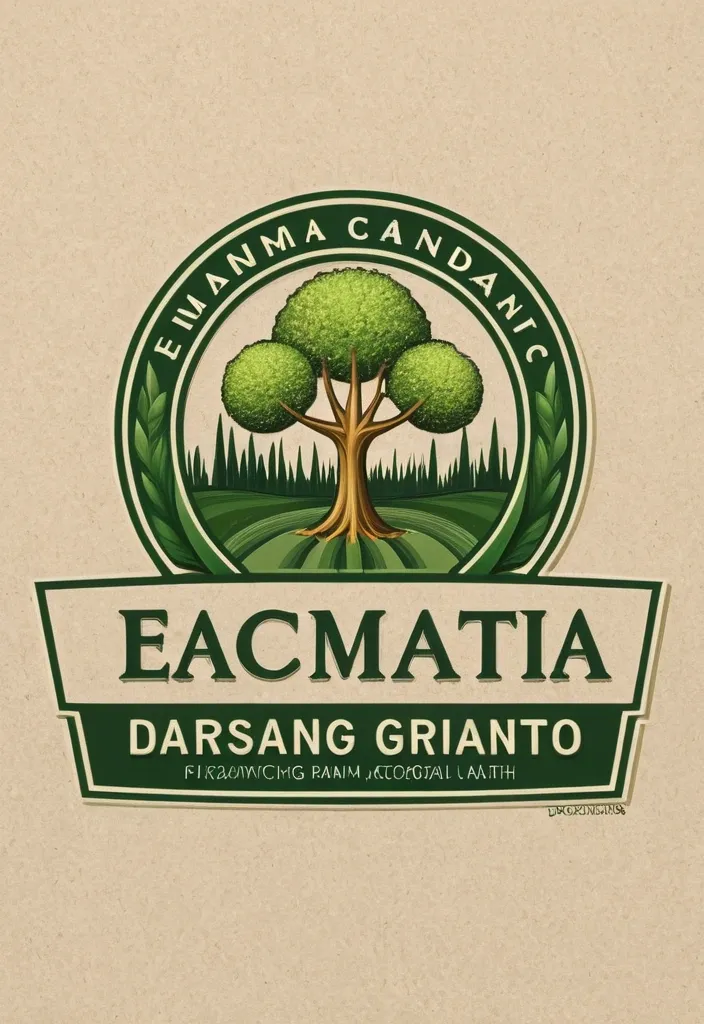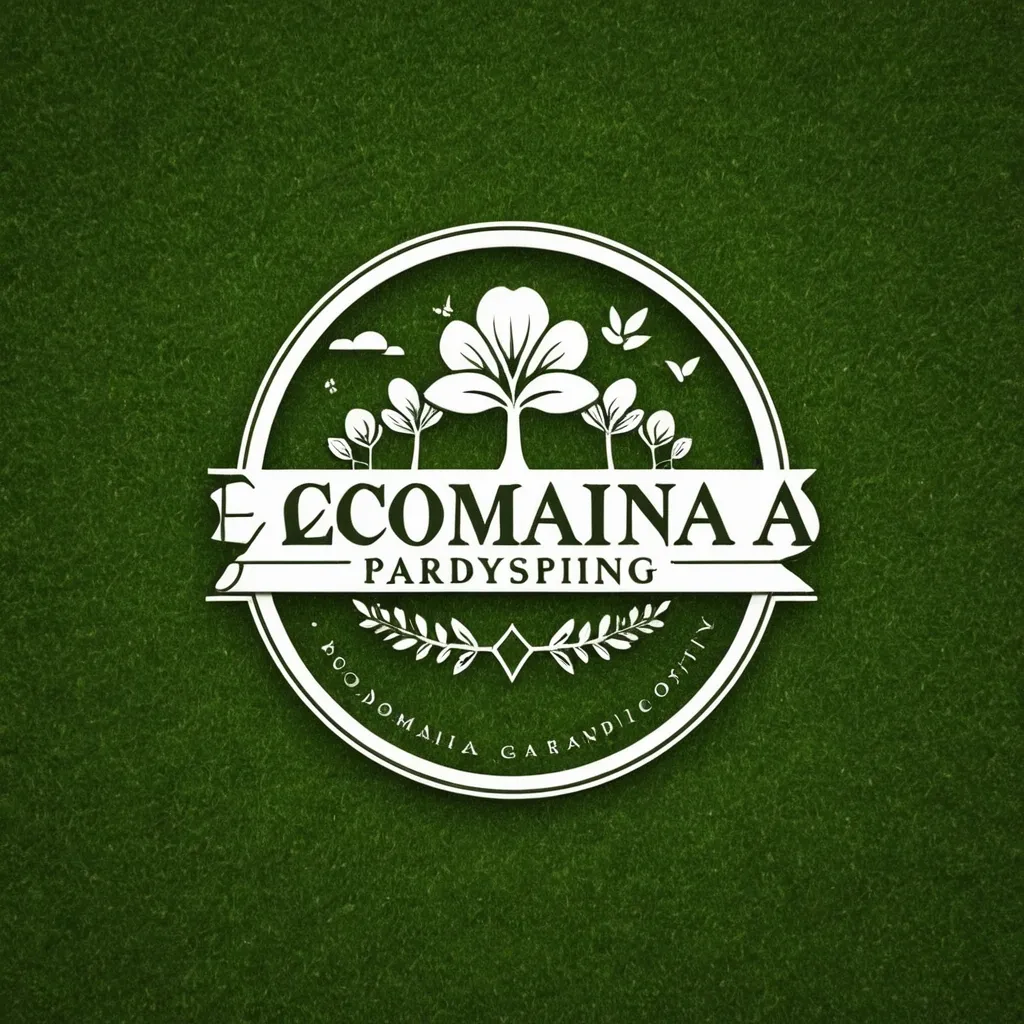Search Results for land
Explore AI generated designs, images, art and prompts by top community artists and designers.

iridescent opalescent render of the following three letters of a 'K' a 'A' and a 'Y' , candyland , warm tones , bioluminescent : by michal karcz , daniel merriam , victo ngai , ornate , dynamic , particulate , intricate , highly detailed , neon butterflies , neon love hearts , centered , art station , smooth , sharp focus , octane render , poster art , wall art , KAY ,

(poster art) , art station , iridescent render of the following three letters of a 'K' a 'A' and a 'Y' , candyland , warm tones , bioluminescent : by michal karcz , daniel merriam , victo ngai and guillermo del toro : ornate , dynamic , particulate , intricate , elegant , highly detailed , neon butterflies , neon love hearts , centered , art station , smooth , sharp focus , octane render , poster art , wall art , KAY ,

((iridescent opalescent poster art of word "KAY")) in center , *no mispellings* , candyland , warm tones , bioluminescent daniel merriam , victo ngai and guillermo del toro : ornate , dynamic , particulate , intricate , elegant , highly detailed , background consists of scattered neon letter '"K's" , neon letter "A's , neon letter 'Y's , neon butterflies , neon love hearts , neon flowers , artsbtation , smooth , sharp focus , octane render , ,

poster art , art station , iridescent render of the following three letter 'A' candyland , warm tones , bioluminescent : by michal karcz , daniel merriam , victo ngai and guillermo del toro : ornate , dynamic , particulate , intricate , elegant , highly detailed , neon butterflies , neon love hearts , centered , artstation , smooth , sharp focus , octane render , poster art , wall art , KAY ,

poster art , art station , iridescent render of the following three letters of a 'K' a 'A' and a 'Y' , candyland , warm tones , bioluminescent : by michal karcz , daniel merriam , victo ngai and guillermo del toro : ornate , dynamic , particulate , intricate , elegant , highly detailed , neon butterflies , neon love hearts , centered , artstation , smooth , sharp focus , octane render , poster art , wall art , KAY ,

((iridescent opalescent poster art of word "KAY")) in center , *no mispellings* , candyland , warm tones , bioluminescent daniel merriam , victo ngai and guillermo del toro : ornate , dynamic , particulate , intricate , elegant , highly detailed , background consists of scattered neon letter '"K's" , neon letter "A's , neon letter 'Y's , neon butterflies , neon love hearts , neon flowers , artsbtation , smooth , sharp focus , octane render , ,

((iridescent opalescent poster art of the name "KAY")) in center , *no mispellings* , candyland , warm tones , bioluminescent daniel merriam , victo ngai and guillermo del toro : ornate , dynamic , particulate , intricate , elegant , highly detailed , ((letters K A Y made up of neon butterflies , neon love hearts , and neon flowers)) , white background artstation , smooth , sharp focus , octane render , no mistakes of word spellings , (KAY) , (KAY) , (KAY) , ,

iridescent opalescent image of word "KAY" candyland , warm tones , bioluminescent : by michal karcz , daniel merriam , victo ngai and guillermo del toro : ornate , dynamic , particulate , intricate , elegant , highly detailed , neon butterflies , neon love hearts , centered , artstation , smooth , sharp focus , octane render , poster art , wall art , KAY ,

iridescent opalescent image of word "KAY" candyland , warm tones , bioluminescent : by michal karcz , daniel merriam , victo ngai and guillermo del toro : ornate , dynamic , particulate , intricate , elegant , highly detailed , neon butterflies , neon love hearts , centered , artstation , smooth , sharp focus , octane render , poster art , wall art , KAY ,
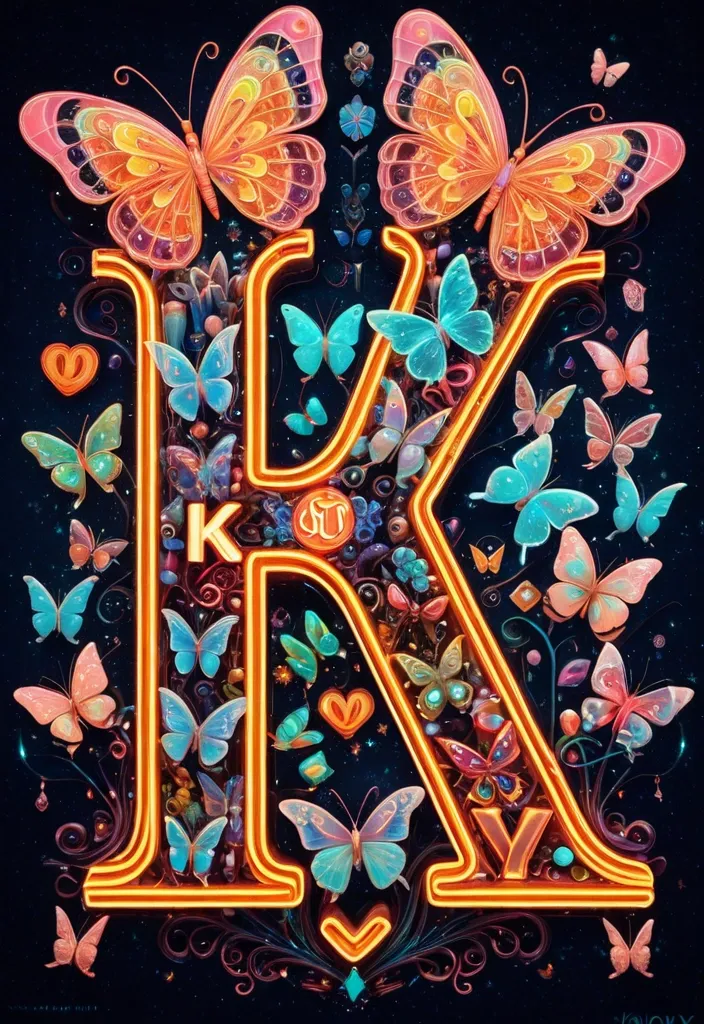
((iridescent opalescent poster art of word "KAY")) in center , *no mispellings* , candyland , warm tones , bioluminescent daniel merriam , victo ngai and guillermo del toro : ornate , dynamic , particulate , intricate , elegant , highly detailed , ((letters K A Y made up of neon butterflies , neon love hearts , and neon flowers)) , white background artstation , smooth , sharp focus , octane render , no mistakes of word spellings , (KAY) , (KAY) , (KAY) , ,

iridescent opalescent image of word "KAY" candyland , warm tones , bioluminescent : by michal karcz , daniel merriam , victo ngai and guillermo del toro : ornate , dynamic , particulate , intricate , elegant , highly detailed , neon butterflies , neon love hearts , centered , artstation , smooth , sharp focus , octane render ,
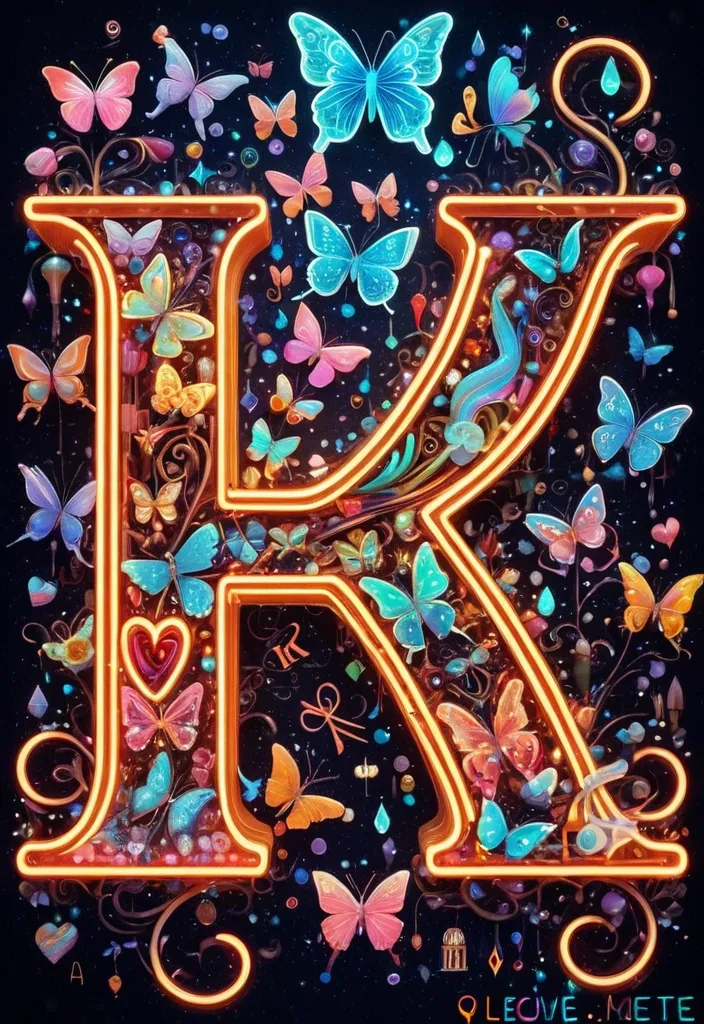
((iridescent opalescent poster art of word "KAY")) in center , *no mispellings* , candyland , warm tones , bioluminescent daniel merriam , victo ngai and guillermo del toro : ornate , dynamic , particulate , intricate , elegant , highly detailed , ((letters K A Y made up of neon butterflies , neon love hearts , and neon flowers)) , white background artstation , smooth , sharp focus , octane render , no mistakes of word spellings , (KAY) , (KAY) , (KAY) , ,
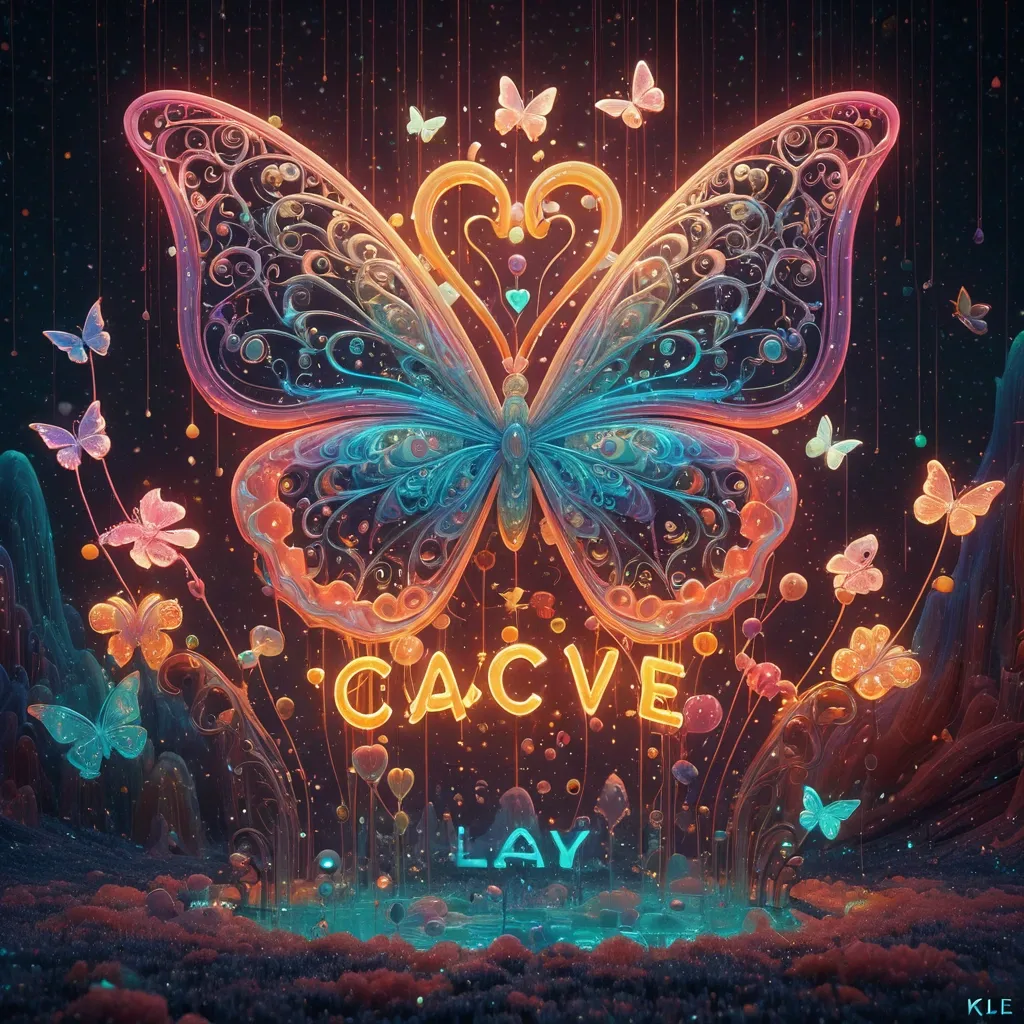
iridescent opalescent image of word "KAY" candyland , warm tones , bioluminescent : by michal karcz , daniel merriam , victo ngai and guillermo del toro : ornate , dynamic , particulate , intricate , elegant , highly detailed , neon butterflies , neon love hearts , centered , artstation , smooth , sharp focus , octane render ,

"Ecomania Landscaping" logo , ((must spell "Ecomania" prompt correctly!))) visially appealing , dynamic logo , stylised botanic elements , trees , leaves , flowers , circular logo in center of a larger square that has psychadelic swirls of khaki , bright green , yellowish green , bluish green , whitish green , ,

"Ecomania Landscaping" logo , ((spell "Ecomania" prompt correctly!)) , visially appealing , dynamic logo , stylised botanic elements , trees , leaves , flowers , circular logo in center of a larger square that has psychadelic swirls of khaki , bright green , yellowish green , bluish green , whitish green , ,
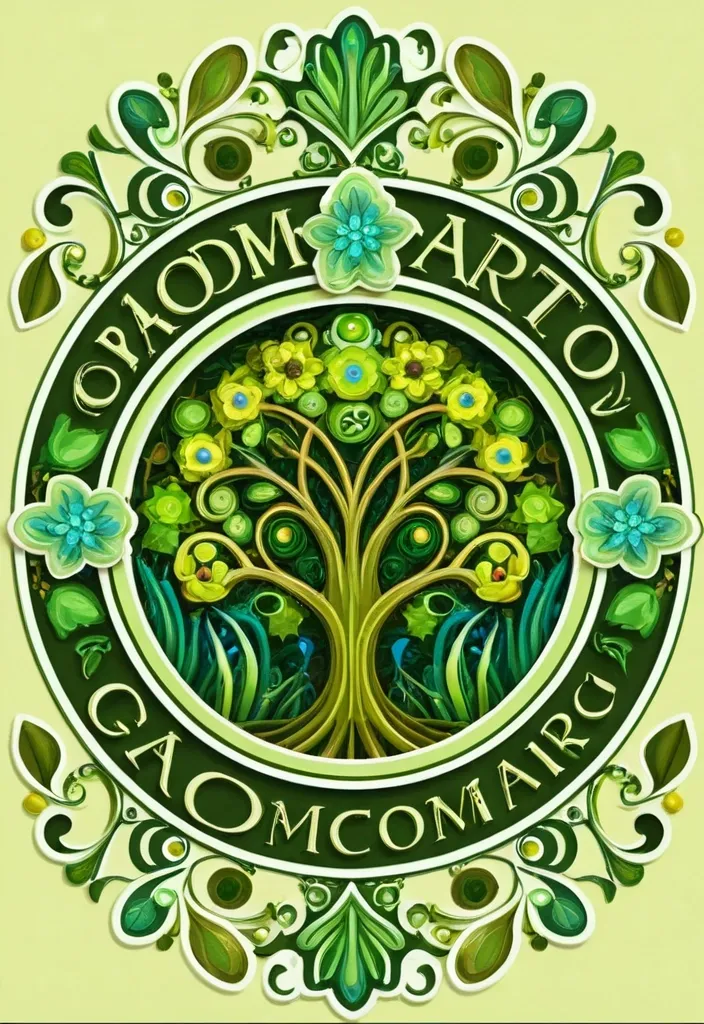
"Ecomania Landscaping" logo , ((spell "Ecomania" prompt correctly!)) , visially appealing , dynamic logo , stylised botanic elements , trees , leaves , flowers , circular logo in center of a larger square that has psychadelic swirls of khaki , bright green , yellowish green , bluish green , whitish green , ,

(((Design and create a dynamic , visually appealing and eye catching logo for ( "Ecomaniacs Property Services & Landscaping" ) )) , (( must spell "Ecomaniacs" prompt correctly )) , logo cosists of stylised botanic elements , trees , leaves , flowers , circular logo in center of a larger square that has psychadelic swirls of khaki , bright green , yellowish green , bluish green , whitish green , ,

"Ecomania Landscaping" logo , ((must spell "Ecomania" prompt correctly!))) visially appealing , dynamic logo , stylised botanic elements , trees , leaves , flowers , circular logo in center of a larger square that has psychadelic swirls of khaki , bright green , yellowish green , bluish green , whitish green , ,

"Ecomania Landscaping" logo , ((must spell "Ecomania" prompt correctly!))) visially appealing , dynamic logo , stylised botanic elements , trees , leaves , flowers , circular logo in center of a larger square that has psychadelic swirls of khaki , bright green , yellowish green , bluish green , whitish green , ,

"Ecomania Landscaping" logo , ((must spell "Ecomania" prompt correctly!))) visially appealing , dynamic logo , stylised botanic elements , trees , leaves , flowers , circular logo in center of a larger square that has psychadelic swirls of khaki , bright green , yellowish green , bluish green , whitish green , ,

"Ecomania Landscaping" logo , ((must spell "Ecomania" prompt correctly!))) visially appealing , dynamic logo , stylised botanic elements , trees , leaves , flowers , circular logo in center of a larger square that has psychadelic swirls of khaki , bright green , yellowish green , bluish green , whitish green , ,
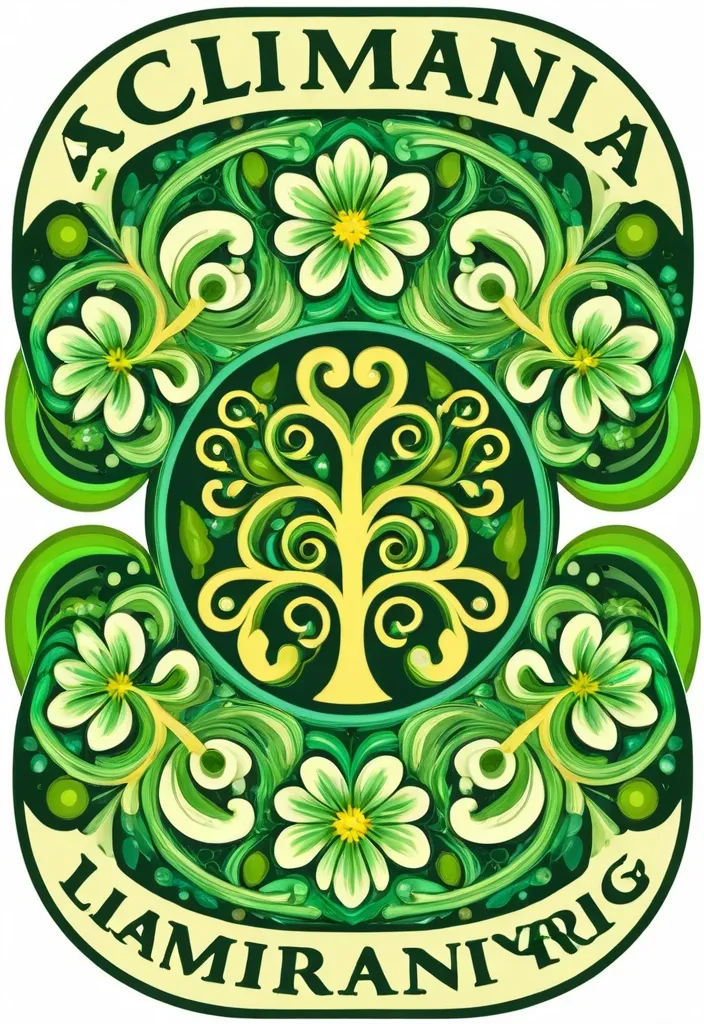
"Ecomania Landscaping" logo , ((must spell "Ecomania" prompt correctly!))) visially appealing , dynamic logo , stylised botanic elements , trees , leaves , flowers , circular logo in center of a larger square that has psychadelic swirls of khaki , bright green , yellowish green , bluish green , whitish green , ,

"Ecomania Landscaping" logo , ((must spell "Ecomania" prompt correctly!))) visially appealing , dynamic logo , stylised botanic elements , trees , leaves , flowers , circular logo in center of a larger square that has psychadelic swirls of khaki , bright green , yellowish green , bluish green , whitish green , ,
